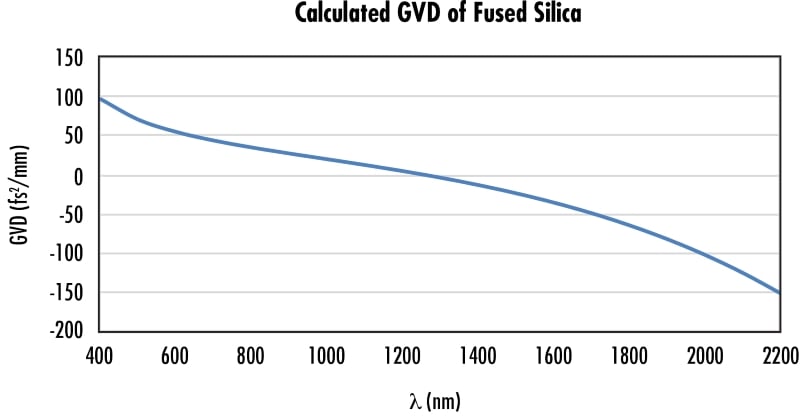
 TECHSPEC® components are designed, specified, or manufactured by Edmund Optics. Learn More
TECHSPEC® components are designed, specified, or manufactured by Edmund Optics. Learn More
TECHSPEC® Ultrafast Thin Windows are designed with a 1mm thickness to have limited group delay dispersion (GDD), making them ideal for ultrafast laser applications. These thin windows are available coated on both surfaces with an ion-beam sputtered (IBS) broadband antireflection coating optimized to provide low reflectance at wavelength ranges between 370nm to 2.2μm. The IBS coating process also provides these windows with lower absorption losses and scatter than conventionally coated anti-reflection windows. TECHSPEC Ultrafast Thin Windows can also be used in general optical applications that require high-performance optical windows with a small form factor. Uncoated Thin Window substrates (UV Fused Silica or IR Grade Fused Silica) are available to offer the flexibility of custom coatings to meet your application requirements, please contact us for more information.
IR grade fused silica differs from UV grade fused silica by its reduced amount of OH- ions, resulting in higher transmission throughout the NIR spectrum and reduction of transmission in the UV spectrum.

or view regional numbers
QUOTE TOOL
enter stock numbers to begin
Copyright 2024, Edmund Optics Singapore Pte. Ltd, 18 Woodlands Loop #04-00, Singapore 738100
California Consumer Privacy Acts (CCPA): Do Not Sell or Share My Personal Information
California Transparency in Supply Chains Act